As housing costs continue to climb across the United States, many homeowners are being forced to reconsider where they live. Rising property taxes, soaring home prices, and increasing costs of utilities and insurance are making it difficult for people to stay in their current locations. In many cities, longtime residents are selling their homes and moving to more affordable areas to maintain financial stability. From expensive metropolitan hubs to once-affordable suburbs, the impact of rising costs is driving a widespread relocation trend. Many of the hardest-hit areas were once considered desirable places to live, but the financial burden has become unsustainable for middle-class homeowners. Below are 14 cities where rising costs are pushing people to pack up and leave in search of better financial prospects.
1. San Francisco, California

San Francisco has been notorious for its high cost of living, and recent economic shifts have only made it worse. The median home price in the city remains well over a million dollars, making homeownership nearly impossible for many middle-class residents. On top of that, property taxes, insurance premiums, and daily expenses such as groceries and gas continue to rise. As a result, even longtime homeowners are finding it financially difficult to stay.
Many residents are choosing to relocate to more affordable parts of California, such as Sacramento or the Central Valley, while others are leaving the state entirely. With the rise of remote work, people no longer feel tied to San Francisco’s job market and are opting for cities where they can maintain a similar lifestyle at a fraction of the cost. The ongoing affordability crisis in San Francisco has led to a noticeable decline in the city’s homeownership rates.
2. New York City, New York

New York City has always been one of the most expensive places to live in the country, but rising housing costs are driving more homeowners away. Property taxes have increased significantly in recent years, and mortgage rates remain high, making homeownership unattainable for many. Additionally, the overall cost of living—including groceries, transportation, and utilities—has risen sharply, adding to the financial pressure on homeowners.
With remote work becoming more common, many New Yorkers are choosing to relocate to nearby states such as New Jersey, Pennsylvania, or even Florida. Those who once valued the city’s convenience and culture are now prioritizing affordability and space. As a result, suburban areas outside the city have seen an influx of former New Yorkers seeking relief from the financial burdens of city life.
3. Los Angeles, California

Homeowners in Los Angeles are also feeling the financial squeeze as home prices and property taxes continue to rise. While the city has long been known for its expensive real estate, increasing costs for utilities, home insurance, and basic necessities have made it even more difficult to maintain a comfortable lifestyle. For many families, staying in Los Angeles is no longer financially viable, even if they own their homes outright.
As a result, a growing number of Angelenos are moving to nearby states such as Arizona, Nevada, and Texas, where the cost of living is significantly lower. Some are also choosing to relocate to smaller California cities like Riverside or Bakersfield, where homeownership is more affordable. This ongoing migration trend is leading to noticeable shifts in the housing market as demand decreases in expensive urban areas.
4. Seattle, Washington

Seattle was once considered an affordable alternative to California’s high-cost cities, but that is no longer the case. Housing prices have skyrocketed over the past decade, making homeownership unattainable for many middle-class buyers. In addition to expensive real estate, high property taxes and rising insurance rates have made staying in Seattle a financial challenge for many homeowners.
With affordability concerns growing, many Seattle residents are choosing to move to smaller cities in Washington, such as Spokane or Bellingham, where home prices are more manageable. Others are leaving the state entirely in search of lower-cost living in places like Idaho or Montana. While Seattle remains an attractive tech hub, its housing affordability crisis continues to push homeowners out of the city.
5. Austin, Texas
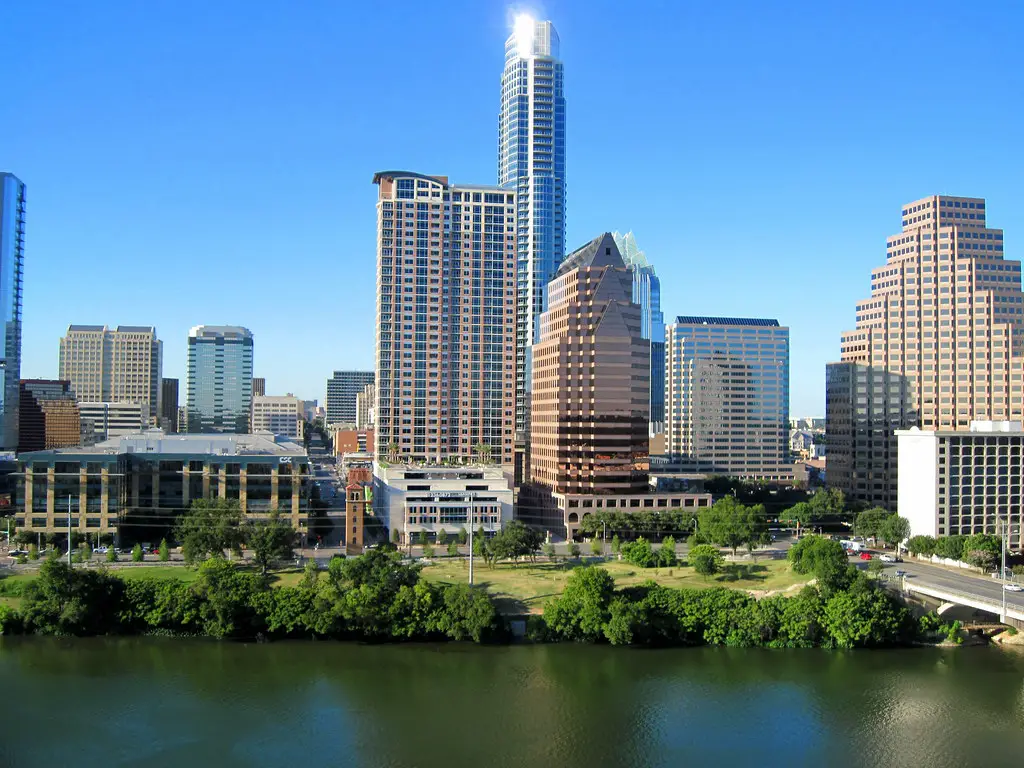
Austin was once known for its relatively affordable housing compared to other tech-driven cities, but that has changed rapidly in recent years. As the city has grown in popularity, home prices have skyrocketed, leaving many longtime residents struggling to keep up. Property taxes have also increased, adding an extra financial burden to homeowners who were once comfortable in their neighborhoods.
With these rising costs, many Austinites are looking for more affordable places to live within Texas, such as San Antonio or Corpus Christi. Others are moving out of state entirely, seeking relief in states with lower taxes and more affordable housing. Despite its booming economy, Austin’s rising cost of living is making it difficult for middle-class homeowners to stay.
6. Denver, Colorado
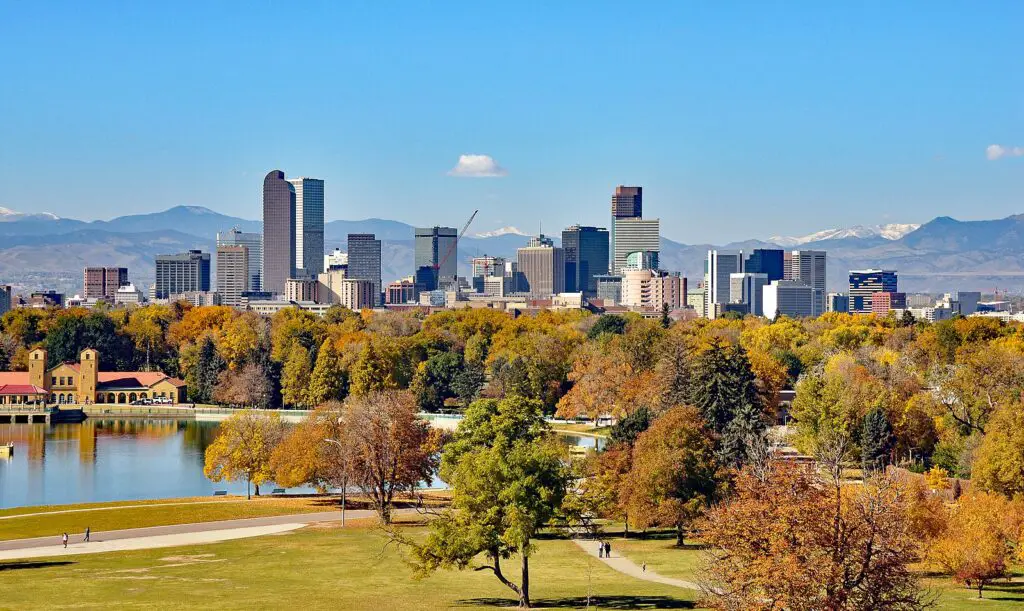
Denver has seen a massive surge in home prices over the last decade, making it one of the least affordable cities in the country. Many first-time homebuyers are being priced out of the market, while longtime homeowners are struggling with rising property taxes and increased insurance costs. Even everyday expenses, from groceries to utilities, have become significantly more expensive.
As a result, many Denver homeowners are choosing to move to smaller cities within Colorado, such as Colorado Springs or Grand Junction. Others are leaving the state entirely for more affordable options in the Midwest or the South. While Denver remains a popular place to live, its rising costs are making homeownership increasingly difficult for many residents.
7. Miami, Florida
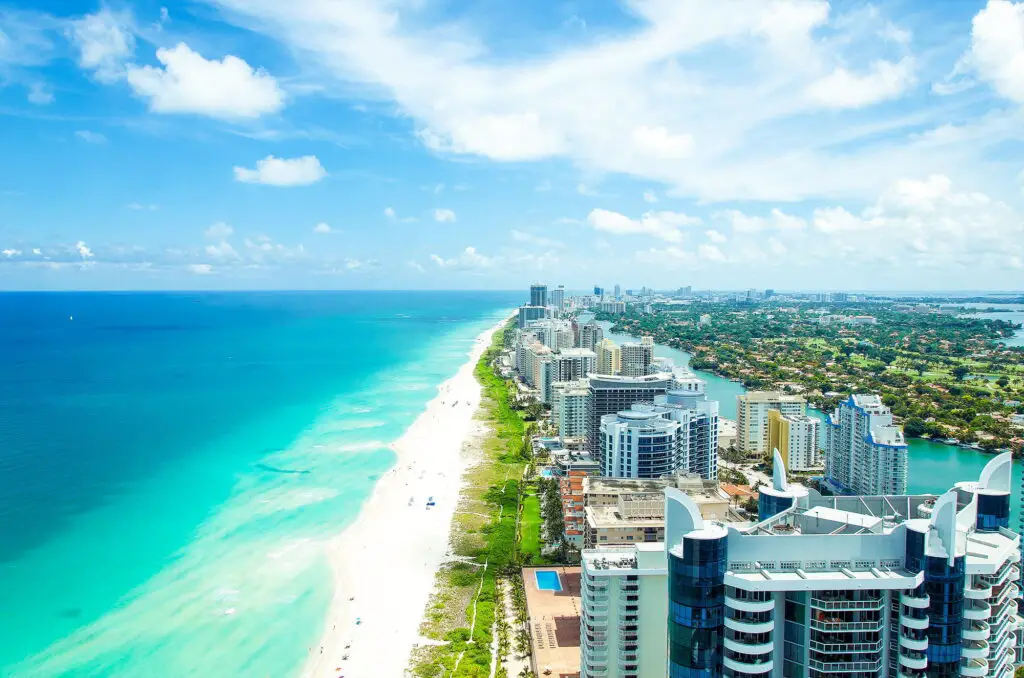
Miami has long been a hotspot for real estate, but the city’s affordability is deteriorating. Housing prices have surged in recent years, driven by increased demand and a limited housing supply. Property taxes and homeowners insurance rates have also risen, creating additional financial strain on residents.
Many Miami homeowners are choosing to move north to more affordable parts of Florida, such as Jacksonville or Tampa. Others are leaving the state altogether, particularly retirees who can no longer afford the rising costs of maintaining a home in Miami. While the city remains a desirable destination, the financial burden of living there is driving many homeowners away.
8. Chicago, Illinois
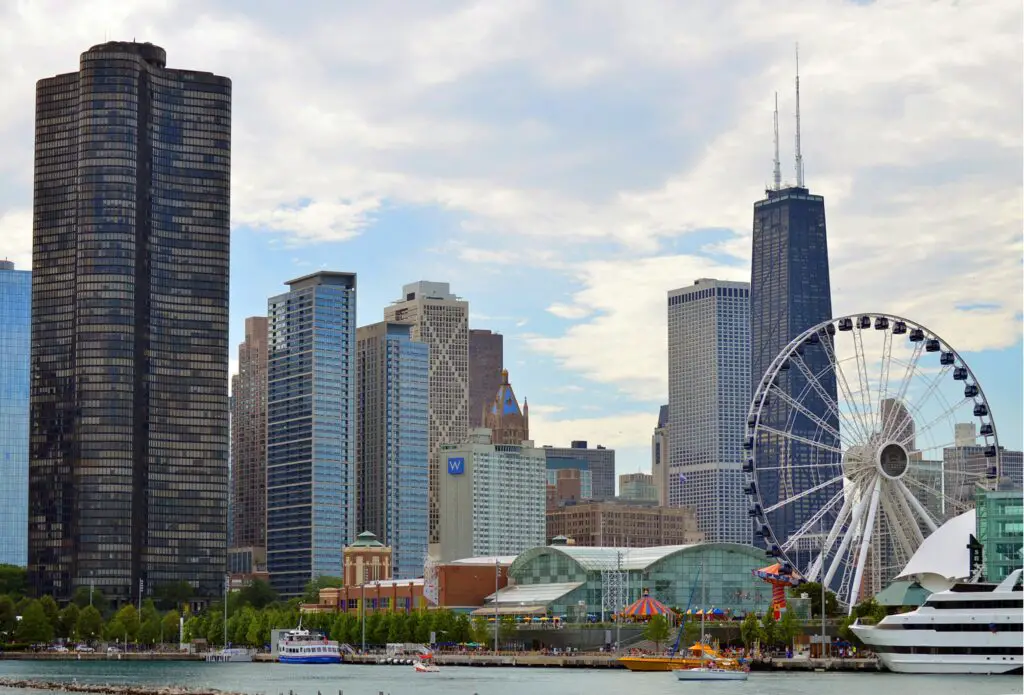
Chicago homeowners are increasingly feeling the financial burden of rising property taxes and home insurance costs. The city’s taxes have surged over the past decade, making it more expensive to own and maintain a home. Combined with higher costs for utilities, groceries, and other essentials, many residents are struggling to keep up with the expenses of city living. Even in historically affordable neighborhoods, the cost of homeownership has risen dramatically.
As a result, many Chicagoans are choosing to relocate to nearby suburbs where property taxes are lower, or they’re leaving Illinois entirely. States like Indiana, Wisconsin, and Tennessee have seen an influx of former Chicago residents looking for a more affordable lifestyle. While Chicago remains a cultural and economic hub, the increasing cost of living is making it difficult for middle-class homeowners to stay in the city.
9. Portland, Oregon

Portland has experienced a sharp increase in housing costs over the past decade, making it harder for homeowners to afford their mortgages and property taxes. While the city has long been a desirable place to live, the rising cost of living has put financial pressure on many residents. Additionally, home insurance premiums and the cost of utilities have continued to climb, leaving homeowners with higher monthly expenses.
With affordability declining, many Portland residents are looking for alternatives within the state, such as Bend or Salem. Others are moving to states like Idaho or Texas, where they can find more affordable housing and lower taxes. While Portland remains a vibrant and attractive city, many longtime homeowners are making the difficult decision to relocate due to rising costs.
10. Honolulu, Hawaii

Honolulu is one of the most expensive cities in the United States, and the cost of homeownership continues to rise. Property prices have always been high, but increasing property taxes and insurance premiums are making it even harder for homeowners to stay. The cost of basic goods, from groceries to gas, is also significantly higher than on the mainland, adding to the financial strain.
Many Honolulu residents are choosing to move to less expensive areas on other Hawaiian islands, such as the Big Island or Kauai. Others are leaving the state entirely, opting for more affordable mainland destinations like Nevada, Arizona, or Washington. While Honolulu remains a dream location for many, the rising costs are forcing homeowners to reconsider their financial future.
11. Boston, Massachusetts

Boston has long been an expensive place to buy a home, but the financial burden has worsened in recent years. Housing prices have continued to rise, and homeowners are facing increasing property taxes and insurance rates. Even essential costs like heating, groceries, and transportation have become more expensive, making it harder for residents to maintain their lifestyles.
Many Bostonians are choosing to move to nearby cities like Worcester or Providence, where homeownership is more attainable. Others are heading south to states like North Carolina and Florida, where housing and overall costs are lower. While Boston remains a historic and culturally rich city, its high cost of living is pushing many homeowners to seek financial relief elsewhere.
12. Nashville, Tennessee

Nashville was once considered an affordable city, but rapid growth and development have significantly increased the cost of homeownership. Property values have skyrocketed, and rising property taxes are adding to the financial burden for homeowners. Additionally, the influx of new residents has driven up the cost of goods and services, making everyday living more expensive.
As a result, many longtime Nashville residents are moving to surrounding towns like Murfreesboro or Clarksville, where housing is still relatively affordable. Others are leaving the state altogether, looking for lower-cost living in places like Kentucky or Alabama. While Nashville’s economy continues to thrive, its affordability crisis is making it harder for many homeowners to stay.
13. Phoenix, Arizona
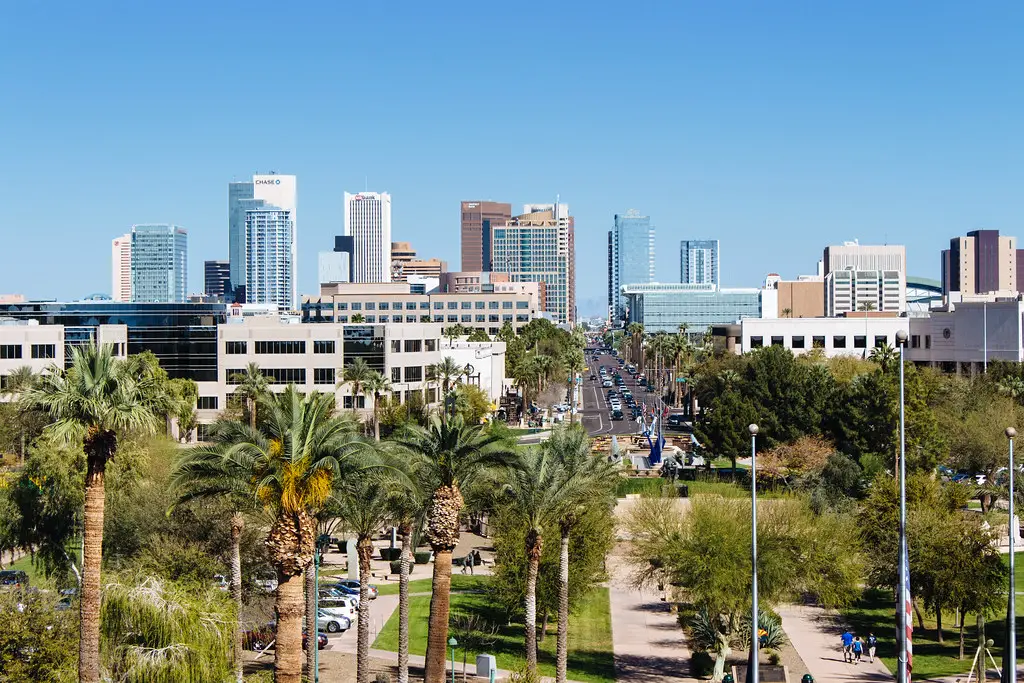
Phoenix has experienced a surge in home prices over the past few years, making it increasingly difficult for residents to afford their mortgages. While it was once known for its affordability compared to California, rising demand has driven up costs significantly. Homeowners are also facing higher utility bills, especially during the scorching summer months when air conditioning costs soar.
As affordability declines, many Phoenix residents are looking for cheaper alternatives in nearby cities like Tucson or Prescott. Others are leaving the state entirely, opting for locations with lower utility costs and property taxes. While Phoenix remains a popular destination, the rising cost of living is pushing many homeowners to consider other options.
14. Washington, D.C.

Washington, D.C., has long been one of the most expensive places to live in the country, and the cost of homeownership continues to rise. Housing prices remain high, and property taxes have steadily increased, making it difficult for many residents to afford their homes. Additionally, the cost of daily necessities, including transportation and utilities, has continued to climb.
Many D.C. homeowners are choosing to move to nearby suburbs in Virginia and Maryland, where home prices and property taxes are lower. Others are leaving the region entirely, heading to states with lower living costs like North Carolina or Georgia. While Washington, D.C., remains a political and economic powerhouse, the high cost of living is forcing many homeowners to relocate.
